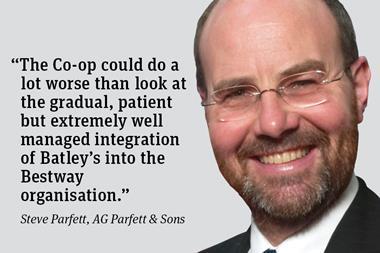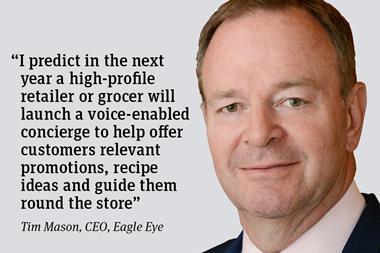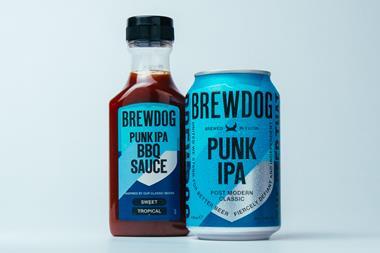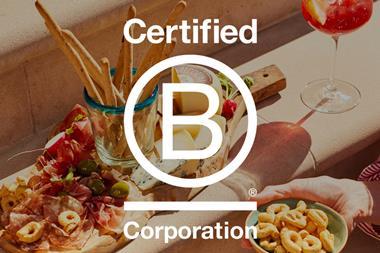Many branded and own-label companies report that in recent years they are finding it harder to land innovation successfully in UK retail.
Range resets (fewer lines, higher sales per line) mean the bar is set higher for rate of sale of a new product. Fewer buyers, stretched more scarcely over more categories, tend to be less able to find time and head space for longer term strategy and innovative thinking. Even if they do find the time, they are typically less minded to take a punt in tough trading conditions.

So how do you deliver innovation that will resonate with the consumer and shopper? Here’s three things to consider.
First, focus on being better where it matters. Don’t start by thinking about what your brand or supply chain or machinery could offer. Start by investing time and energy to fully understand what consumers really value. What are the drivers of choice in the category? The excellent book Blue Ocean Strategy talks about Yellow Tail wine as an example. Contrary to industry assumptions, Yellow Tail found a large audience not concerned by provenance, expertise or sophistication. In fact, they sought lack of pretension and simpler taste profiles. Yellow Tail’s global success was built on this clear understanding of the real drivers of choice.
Second, communicate a crystal clear proposition. If you can afford consumer advertising and PoS, that is very helpful. But the single most important thing is to talk clearly from your pack. Shoppers are busy and overloaded with visual stimuli. They will not spend time and energy deciphering multiple messages on pack, or even worse mixed messages. Think carefully about what you want to tell them, in what order. Don’t try and say too much. But do spell out whatever you decide to say. Boots’ PoS in skincare is a good example. It consistently tells the shopper three things - what it is, what is does, why it’s good. Plain English, free of jargon.
Third, raise your aim. “Consumers liked the product in research, but it didn’t deliver in market.” That is a flawed statement. In many categories, and in most subcategories, shoppers buy one item. The implication of this is serious. Unless your new product is cheaper, it has to be better than all the other options for a decent number of shoppers. That typically means better than their current favourite for a decent number. So don’t ask of your new product “do people like it?” Ask “is it better than all the rest”. This has implications for how you ask questions in market research, but also for the overall mindset of the organisation launching innovation. Good is not good enough. Companies are often too soft on themselves and regret it later.
I’ll talk next time about how to launch and support innovation, but first you need a really good product. That means being better where it matters, having a crystal-clear proposition and raising your aim.
Jeremy Garlick is a partner of Insight Traction



















No comments yet